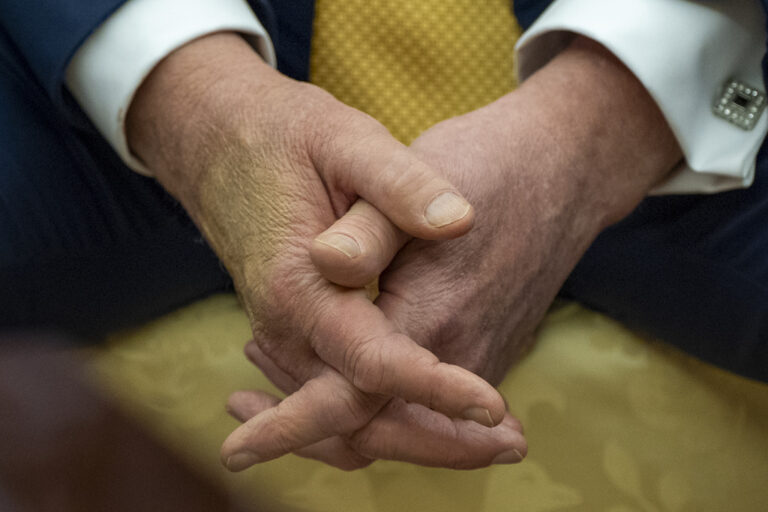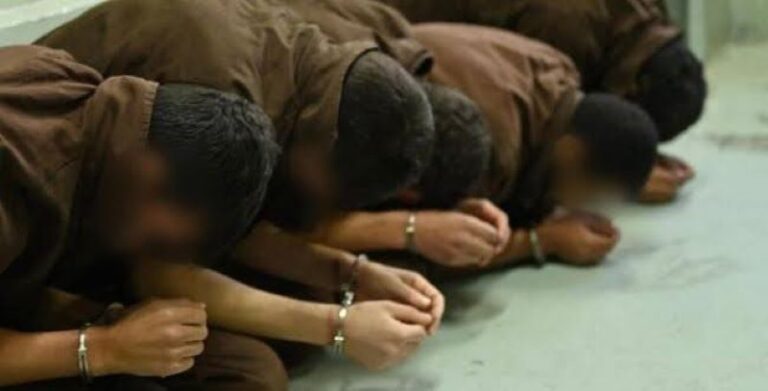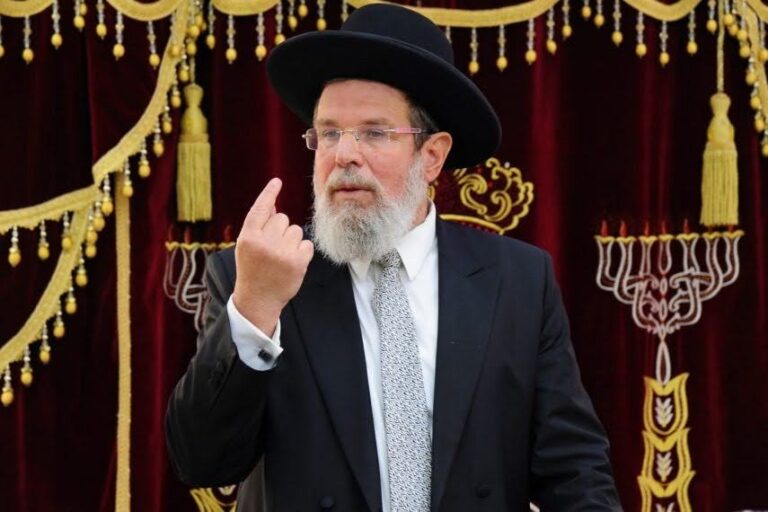 [PHOTOS IN EXTENDED ARTICLE]
[PHOTOS IN EXTENDED ARTICLE]
The unique find was discovered during an inspection by the Israel Antiquities Authority of the construction of a nursery school being built at the initiative of the Jerusalem municipality in the Arnona quarter.
An extraordinary find that has fired archaeologists’ imagination was discovered about two months ago in the Arnona quarter during a routine archaeological inspection by the Israel Antiquities Authority of the construction of a nursery school being built at the initiative of the Jerusalem municipality.
In the excavation an impressive mikve dating to the time Bayis Sheni (first century CE) was exposed inside an underground cave. An anteroom, flanked by benches, led to the mikve. A winepress was excavated alongside the mikve.
The walls of the mikve were treated with ancient plaster and were adorned with numerous wall paintings and inscriptions, written in mud, soot and incising. The inscriptions are Aramaic and written in cursive Hebrew script, which was customary at the end of the Second Temple period. Among the symbols that are drawn are a boat, palm trees and various plant species, and possibly even a menorah.
According to Royee Greenwald and Alexander Wiegmann, excavation directors on behalf of the Israel Antiquities Authority, “There is no doubt that this is a very significant discovery Such a concentration of inscriptions and symbols from the Second Temple period at one archaeological site, and in such a state of preservation, is rare and unique and most intriguing”. At this point in the research the inscriptions are a mystery. Some of the inscriptions might indicate names. The symbols depicted on the walls are common elements in the visual arts of the Second Temple period. In the meantime, the drawing that might possibly be construed as a menorah is exceptional because in those days they abstained from portraying this sacred object which was located in the Temple. According to the excavators, “On the one hand the symbols can be interpreted as secular, and on the other as symbols of religious significance and deep spirituality”.
Moshe (Kinley) Tur-Paz, head of the Education Administration at the Jerusalem Municipality said, “The large education system in Jerusalem is always in need of additional school buildings. The unique find was discovered in a compound where two nursery schools are slated to be built and the Israel Antiquities Authority is currently carrying out the conservation process there. The archaeological and historical site that was exposed is of tremendous value to our identity as a Jewish people which might shine more light on the lives of our ancestors in the city of Jerusalem. We will maintain contact with the Israel Antiquities Authority and together we will examine how we can give educational and symbolic expression to the discovery that was found”.
A number of issues and questions now face the researchers: What is the relationship between the symbols and the inscriptions, and why, of all places, were they drawn in the mikve? Who is responsible for painting them? Was it one person or several people? Was it someone who jokingly wanted to scribble graffiti, or perhaps what we have here is a desire to convey a deeply spiritual and religious message, perhaps even a cry for help as a result of a traumatic event (the destruction of the Beis Hamikdash and the catastrophic war of 66-70 CE)?
The wall paintings are so sensitive that their exposure to the air causes damage to them. As soon as the inscriptions were discovered the Israel Antiquities Authority began implementing complex conservation measures. They underwent initial treatment at the site, were removed in their entirety from the mikve, and transferred to the conservation laboratories of the Israel Antiquities Authority for further treatment and stabilization. In the future the Israel Antiquities Authority will display the spectacular inscriptions to the general public.
[Stills photography: Shai Halevy, courtesy of the Israel Antiquities Authority]










(YWN – Israel Desk, Jerusalem)










